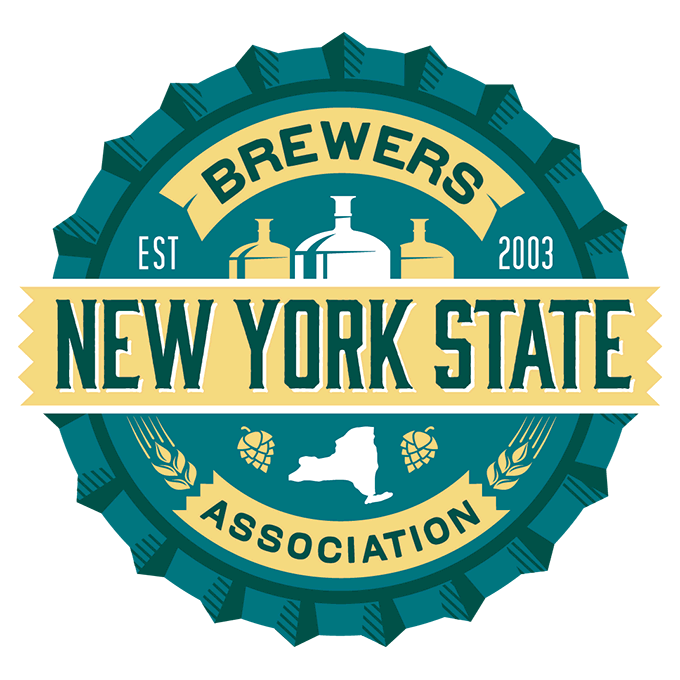
If you’re thinking of starting a new craft brewery, odds are that you’re a passionate home brewing hobbyist who wants to turn a passion into a career. At some point in that process, you’re going to run up against the myriad laws, regulations and administrative practices that make up beverage alcohol regulation in the United States. You might hear people refer to these laws as the “three tier system.”
Rather than wading into the sea of rules that makes up the three tier system, this article adds some historical context that might help you make sense of them.
The three tier system is founded in the ideals of the prohibition-era temperance movement. As an alternative to the public monopolies adopted by 18 states (the “control states”), the three tier system, in principle, separates the beverage alcohol industry into three tiers: suppliers, wholesalers and retailers.
The three tier system was conceived in the 1933 report “Toward Liquor Control,” commissioned by John D. Rockefeller, a lifelong teetotaler and former prohibitionist. The report favored liquor control by states (i.e., state monopolies), but also laid out a regulatory framework that ultimately served as the basis for the three tier system. That regulatory framework sought to prevent the historic natural tendency of suppliers to integrate vertically by mandating separation of ownership across the three tiers. In the pre-prohibition era, this vertical integration (often referred to as the “tied-house problem”) was thought to undermine local control over suppliers and promote public drunkenness.
It’s worth noting that the three-tier system is somewhat of a misnomer. It isn’t really a system—there is no single set of rules with a united and cohesive purpose, but rather a set of guiding principles to prevent one tier from exercising too much influence over the other. Each state (other than the control states) has adopted some form of beverage alcohol regulation loosely based on these principles, which include:
What’s more, there really aren’t three separate tiers in many states. As readers of this blog are well-aware, New York permits brewers to sell their products directly to consumers, subject to some limitations based on their license. Still, although these exceptions allow suppliers to cross over into other tiers, the principles of the three tier system remain intact. Brewers’ retail activities are limited geographically and by volume, preserving the temperance goals of the three tier system.
Often, as you confront new beverage alcohol regulations, it will be unclear how those regulations apply to your business. You may find that it is useful to consider those regulations in light of the public policy goals underlying the three tier system.
